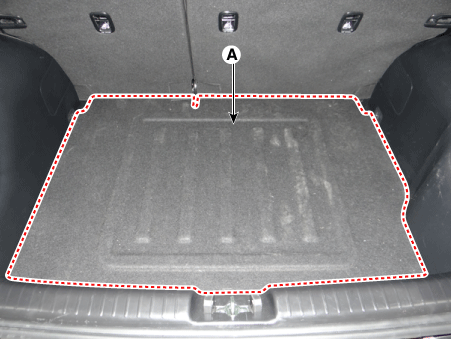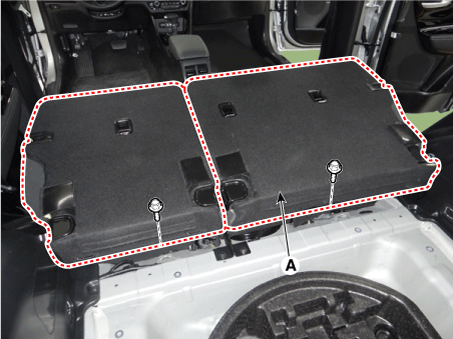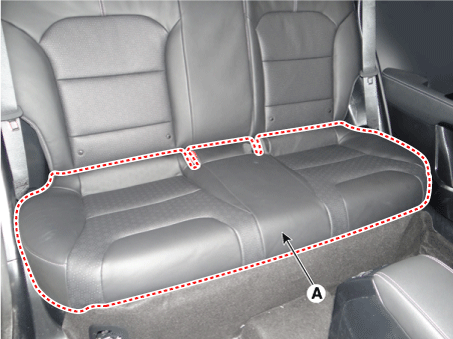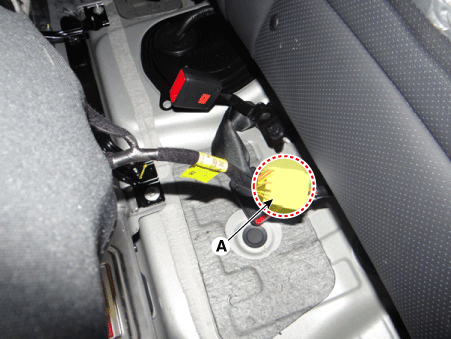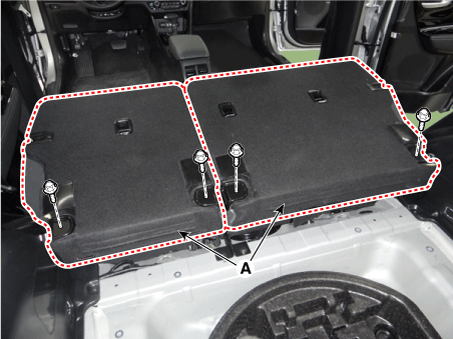Kia Niro: Rear Seat / Rear Seat Assembly Repair procedures
| Replacement |
[Rear seat cushion assembly]
| 1. |
Remove the luggage board (A).
|
| 2. |
Remove the rear seat cushion (A) after loosening the mounting bolts.
|
| 3. |
Disconnect the rear seat main wiring connector (A).
|
| 4. |
Install in the reverse order of removal.
|
[Rear seat back assembly]
| 1. |
Remove the rear seat cushion assembly. (Refer to Rear Seat - "Rear Seat Assembly") |
| 2. |
Remove the rear seat back (A) after loosening the mounting bolts.
|
| 3. |
Install in the reverse order of removal. |
 Rear Seat Assembly Components and components location
Rear Seat Assembly Components and components location
Component Location
1. Rear seat cushion assembly
2. Rear seat back assembly
...
 Rear Seat Back Cover Components and components location
Rear Seat Back Cover Components and components location
Component Location
1. Rear seat back cover [RH]
2. Rear seat back cover [LH]
...
Other information:
Kia Niro 2017 (DE HEV) Service Manual: Front Seat Cushion Cover Repair procedures
Replacement
Put on gloves to protect your hands.
•
Use a plastic panel removal tool to remove interior trim pie ...
Kia Niro 2017 (DE HEV) Service Manual: Hybrid Starter Generator(HSG) Specification
Specification
Item
Specification
Type
PMSM
(Interior Permanent Magnet Synchronous Motor)
Max. output
8.0 kW / 2160 - 12000 rpm
Max. torque
35.3 N·m / 0 - 2160 rpm
...

